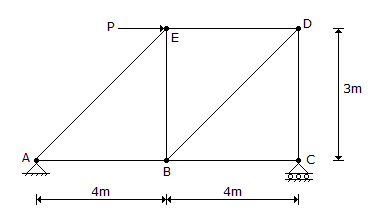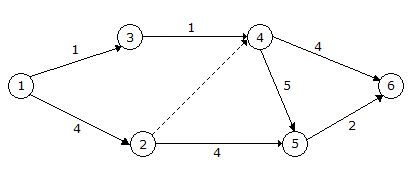Civil Engineering - UPSC Civil Service Exam Questions
Exercise : UPSC Civil Service Exam Questions - Section 12
- UPSC Civil Service Exam Questions - Section 14
- UPSC Civil Service Exam Questions - Section 27
- UPSC Civil Service Exam Questions - Section 26
- UPSC Civil Service Exam Questions - Section 25
- UPSC Civil Service Exam Questions - Section 24
- UPSC Civil Service Exam Questions - Section 23
- UPSC Civil Service Exam Questions - Section 22
- UPSC Civil Service Exam Questions - Section 21
- UPSC Civil Service Exam Questions - Section 20
- UPSC Civil Service Exam Questions - Section 19
- UPSC Civil Service Exam Questions - Section 18
- UPSC Civil Service Exam Questions - Section 17
- UPSC Civil Service Exam Questions - Section 16
- UPSC Civil Service Exam Questions - Section 15
- UPSC Civil Service Exam Questions - Section 1
- UPSC Civil Service Exam Questions - Section 13
- UPSC Civil Service Exam Questions - Section 12
- UPSC Civil Service Exam Questions - Section 11
- UPSC Civil Service Exam Questions - Section 10
- UPSC Civil Service Exam Questions - Section 9
- UPSC Civil Service Exam Questions - Section 8
- UPSC Civil Service Exam Questions - Section 7
- UPSC Civil Service Exam Questions - Section 6
- UPSC Civil Service Exam Questions - Section 5
- UPSC Civil Service Exam Questions - Section 4
- UPSC Civil Service Exam Questions - Section 3
- UPSC Civil Service Exam Questions - Section 2
31.
What is the ratio of the forces in the members AB, BE and AE of the pin-joined truss shown in the figure?


32.
A sewer, 1000 mm in diameter is laid at a slope to obtain a velocity of 0.8 m/s when running full. Assuming Manning's n as constant, what is the velocity in this sewer if it is running half full.
33.
For the network shown in the above figure (the number on each arrow denotes the time duration of activity in days), the earliest star time, in days for activity 5-6 is


34.
A clay layer 5 m thick in field takes 300 days to attain 50% consolidation with condition of double drainage. If the same clay layer is underlain by hard rock then the time taken to attain 50% consolidation will be
35.
Two forces P = 6 N and Q = 10 N act on a particle and their lines of action are inclined to each other at an angle of 60°. What is the magnitude of the third force R which will keep the particle in equilibrium ?
Quick links
Quantitative Aptitude
Verbal (English)
Reasoning
Programming
Interview
Placement Papers
